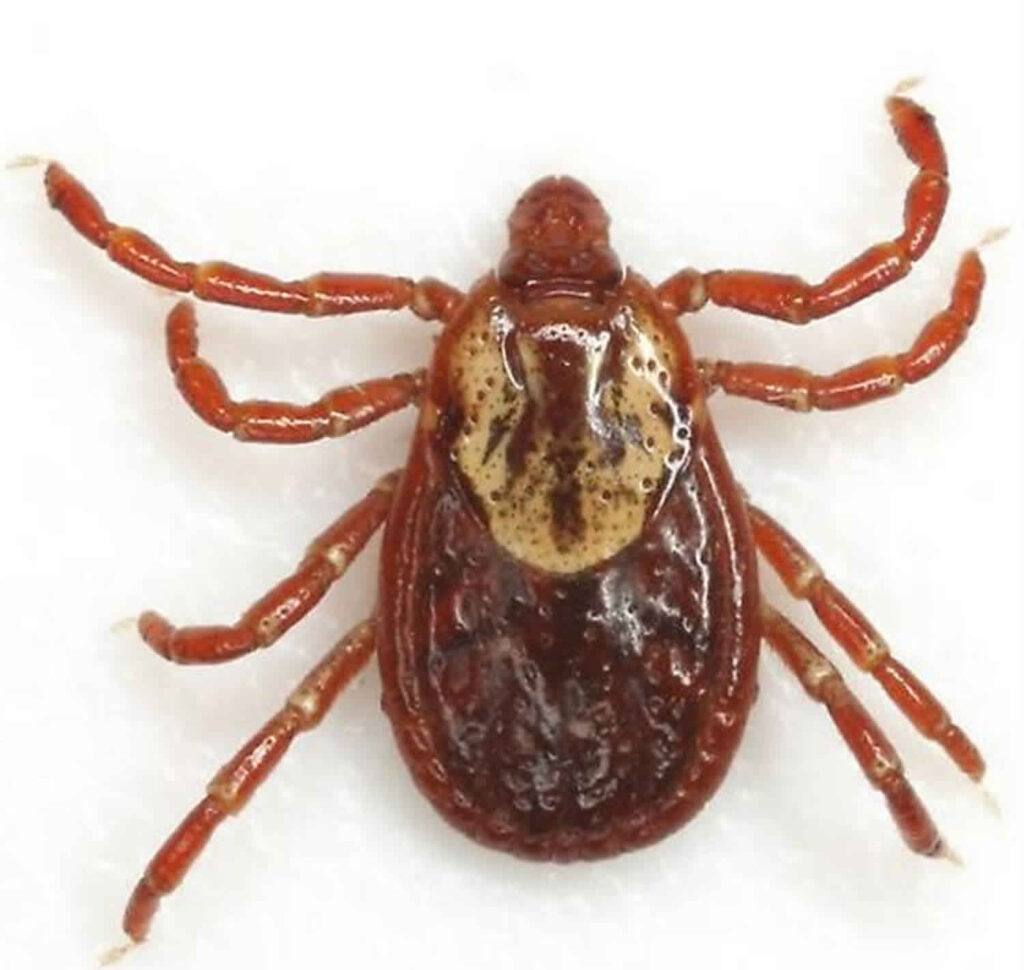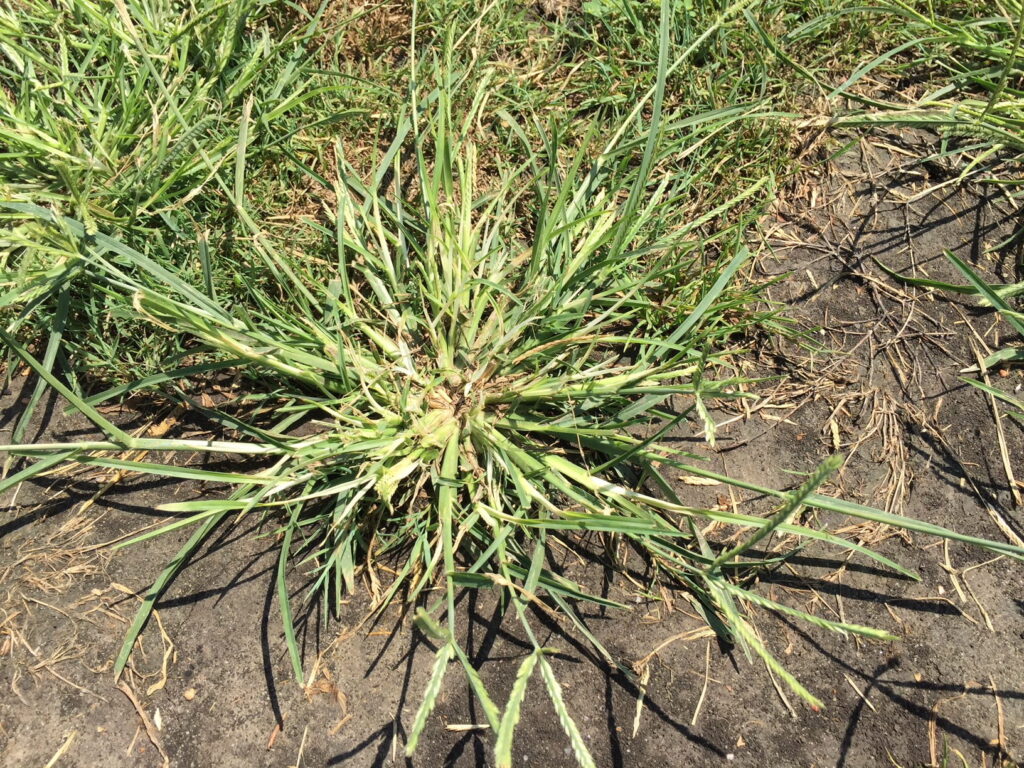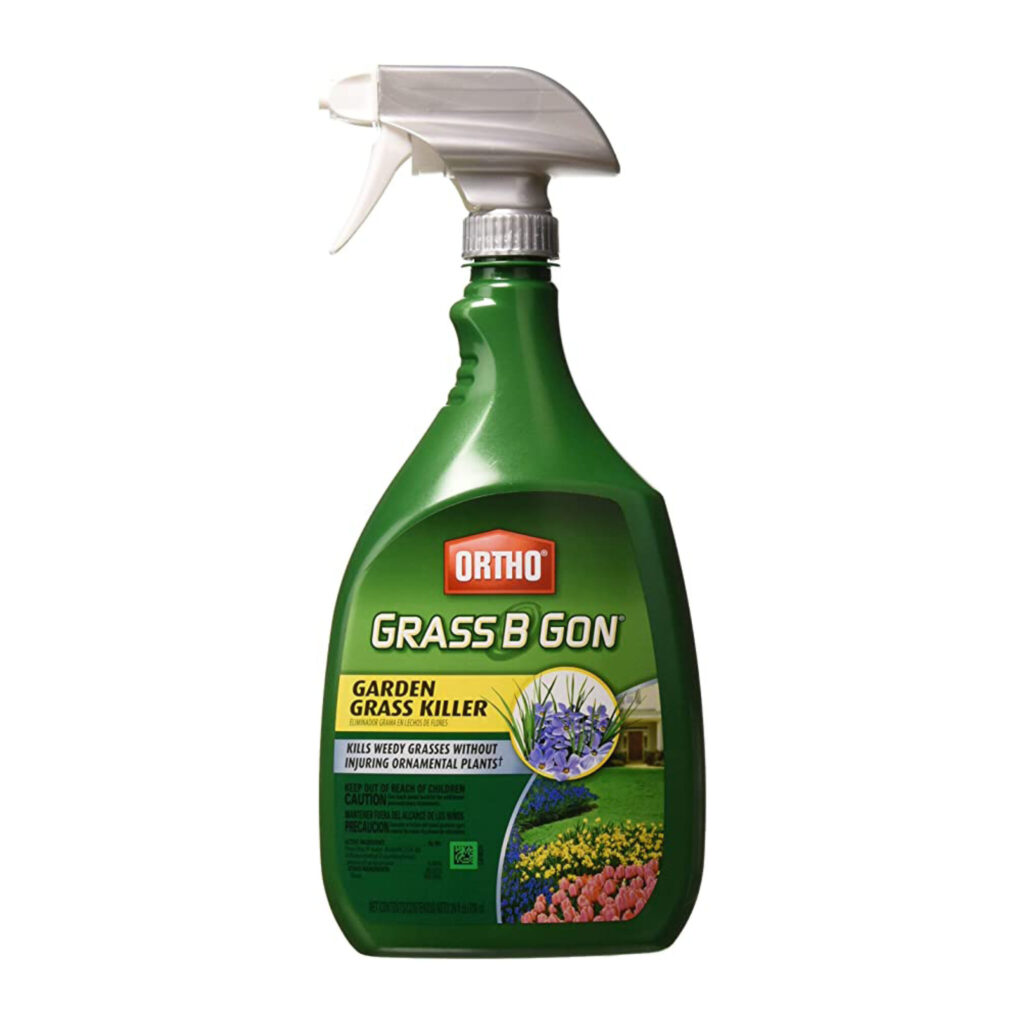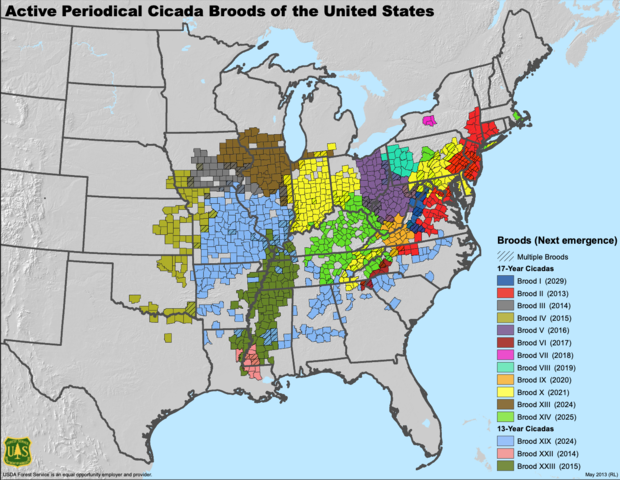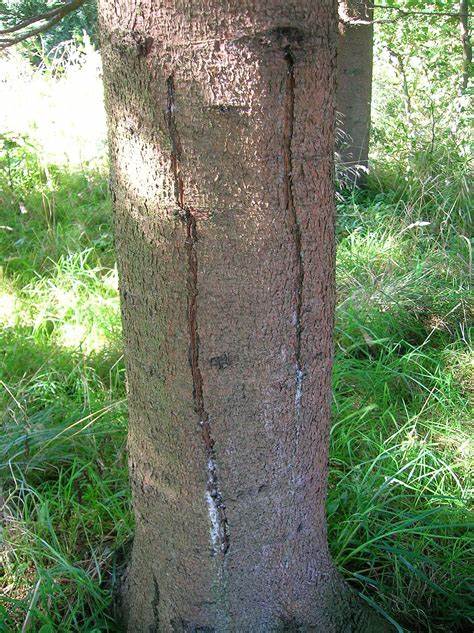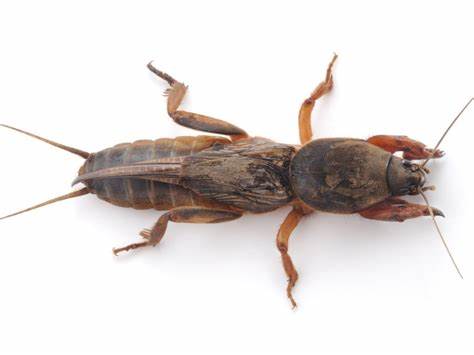Just a heads-up in the garden this week with this wonky weather we’ve been having lately: keep an eye on your rhubarb patch. With the temps jumping around, you might notice it starting to seed. No biggie, just snip off those seed stems at ground level so they don’t sap energy from the plant.

And speaking of planting, if you’re getting some new trees for shade or fruit, remember not to bury them too deep. You’ll usually see a lighter line on the trunk plant to that line usually just above the soil ball. I have seen newly planted trees struggling to grow for several of years and then die because they were planted too deeply.
Especially crucial if you’re dealing with grafted trees like dwarf or semi-dwarf fruit trees. The sweet spot for those is typically about one to two inches below the soil line, focusing on protecting that bud union (swollen area) where the top meets the rootstock.
Now, about that grass: if you’ve hit it with some weed killer or weed and feed, hold off on using those clippings for mulch until after a couple of mowings. Just to be safe and avoid any lingering herbicides.
The “insect” of the week is the tick. Keep them at bay by giving your grass a shorter cut in spring and tidying up any tick-friendly spots like old wood piles and last year’s leaves. And when you’re out and about, give your clothes a spritz to keep those buggers from hitching a ride into your home. Interestingly, the tick will climb up the plant and hold its four front legs out to grab onto an animal. This is called questing.
